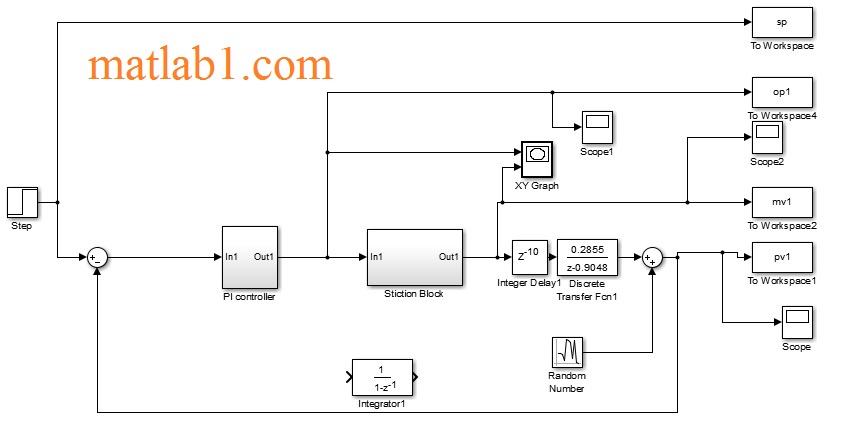
Tep ( Union) – The desired end-effector pose or pose trajectory Numerical inverse kinematics by Levenberg-Marquadt optimization (Chan’s Method) Parameters : Indicates the valid characters, and the first character in each Shape (m,3n) and the result has shape (m,n).Ĭonfig = nfig_validate(config, (‘lr’, ‘ud’, ‘nf’)) Rne_dh(p) where the input is a 2D array p = with Shape (3n,), and the result has shape (n,). Rne_dh(p) where the input is a 1D array p = with Is the number of robot joints and where m is the number of steps in Rne_dh(q, qd, qdd) where the arguments have shape (m,n) where n Rne_dh(q, qd, qdd) where the arguments have shape (n,) where n is

Recursive Newton-Euler for standard Denavit-Hartenberg notation. ValueError – for misshaped inputs Returns : Gravity ( array_like ( 3 ), optional) – gravitational acceleration, defaults to attributeįext ( array-like ( 6 ), optional) – end-effector wrench, defaults to Noneĭebug ( bool, optional) – print debug information to console, defaults to Falseīase_wrench ( bool, optional) – compute the base wrench, defaults to False Rne_python() rne_python ( Q, QD = None, QDD = None, gravity = None, fext = None, debug = False, base_wrench = False ) Ĭompute inverse dynamics via recursive Newton-Euler formulation Parameters : If a model has no dynamic parameters set the result is zero. The torque computed contains a contribution due to armature Trajectory then tau (mxn) is a matrix with cols corresponding to each If q, qd and qdd (mxn) are matrices with m cols representing a fext describes the wrench acting on the end-effector Qd (1xn) and acceleration qdd (1xn), where n is the number of The robot to achieve the specified joint position q (1xn), velocity Tau = rne(q, qd, qdd, grav, fext) is the joint torque required for Gravity ( ndarray ( 6 )) – Gravitational acceleration to override robot’s gravityįext ( ndarray ( 6 )) – Specify wrench acting on the end-effector Qdd ( ndarray ( n )) – The joint accelerations of the robot rne ( q, qd = None, qdd = None, gravity = None, fext = None, base_wrench = False ) Jacob0(), jacob_dot() delete_rne ( ) įrees the memory holding the robot object in c if the robot object Kinematic Derivatives using the Elementary Transform Joint velocity to end-effector spatial velocity.Įnd-effector spatial velocity \(\nu_a = (v_x, v_y, v_z, \dot\] References : Return the manipulator’s analytical Jacobian matrix which maps The manipulator analytical Jacobian in the world frame Return type : T ( SE3 instance) – Forward kinematics if known, SE(3 matrix) Representation ( str) – return analytical Jacobian instead of geometric Jacobian Q ( ndarray ( n )) – Joint coordinate vector Manipulator Jacobian in world frame Parameters : jacob0_analytical ( q, representation = None, T = None )


Kinematics which is needed to transform velocity from end-effectorįrame to world frame. T can be passed in to save the cost of computing forward The returned SE3 instance contains n values. The j’th joint coordinate for the k’th trajectory configuration, and If q is a 2D array, the rows are interpreted as the generalized jointĬoordinates for a sequence of points along a trajectory. Robot.fkine(q) computes the forward kinematics for the robot at

Q ( ndarray ( n ) or ndarray ( m, n )) – The joint configuration Returns :įorward kinematics as an SE(3) matrix Return type : import roboticstoolbox as rtb > puma = rtb.


 0 kommentar(er)
0 kommentar(er)
